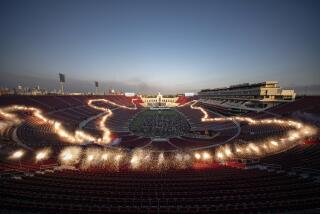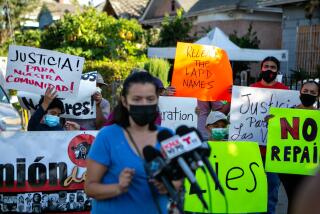The Big Bang
A fireworkâs magic is released by a simple chain reaction of fire, fuses and powder formulas developed centuries ago by the Chinese. Some fireworks are shaped like cannon balls, others are rocket-like cylinders with multiple stages. A look behind the scenes at an aerial fireworks display:
Anatomy of a Firework
1. Slow-burning lighting tip ignited with a flare or electronic firing device.
2. Quick-burning leader fuse ignites lifting charge and first delay fuse at bottom of firework simultaneously.
3. Shell launches skyward 350 feet per second
4. Delay fuse ignites first segment, releasing colored stars that explode in all directions; second delay fuse ignites.
5. Second segment explodes, releasing more stars; third delay fuse ignites.
6. Third compartment ignites with flash of bright light and loud boom.
*
Shell
Diameter: Usually 3 to 8 inches. Larger shells up to 16 inches in diameter are used in extravagant displays, but are not common.
Weight: 1 to 10 pounds
Length: 6 to 12 inches
Range: Approximately 100 feet to the inch (8-inch diameter shell reaches 800 feet)
Lighting tip (2 to 3 inches long, burns 1 inch per second)
Quick-burning leader fuse (2 to 3 feet long, burns 30-60 feet per second)
Delay fuse (1 1/2 inches long, burns approximately 1 inch per four seconds)
Lift charge (black powder)
Infrastructure (heavy cardboard separates individual segments)
Outer casing (heavy cardboard wrapped in paper)
Bursting charge (flash powder)
Colored stars
Special Effects
What the various fireworks are called:
* Chrysanthemum: Round, symmetrical bursts resembling flowers
* Palm tree: Chrysanthemum followed by a trail of sparks
* Willow: Bursts with streamers that fall to earth in an arc
* Comet: Trail of sparks skyward
* Bumble bee: Bursts that break away, jetting in all directions and making a whistling sound.
Setting Up the Show
What the average community aerial fireworks display involves:
Duration: 15 to 20 minutes
Cost: $15,000-$20,000
Setup time: One day using five-member crew
Firing methods: Shells smaller than 8 inches in diameter can be fired manually with a flare or electronically by a technician at a firing console. Larger shells must be fired electronically for safety reasons.
Grand Finale
Fireworks for this segment are kept separate for safety purposes.
Crew
Exposed to noise, heat, sparks and flaming debris. All are required to wear cotton or fire-retardant clothing. Most synthetics melt on contact with flame or heat.
Cotton shirt
Cotton pants
Firefighterâs jacket
Closed-toe shoes
Hard hat
Ear protection
Eye protection
Gloves
Console operator: Triggers electronically fired segments of show by touching a probe to metal contact buttons on firing console.
Manual firing crew
Spotter 1: Watches racks while fireworks ignite.
Spotter 2: Watches for proper explosion in the sky.
Sources: Lantis Fireworks & Lasers; Western International Fireworks, American Pyrotechnics Assn.; âFireworks, the Science, the Art and the Magicâ by Susan Kuklin, Hyperion Books
Graphics reporting by JANICE JONES DODDS/Los Angeles Times

